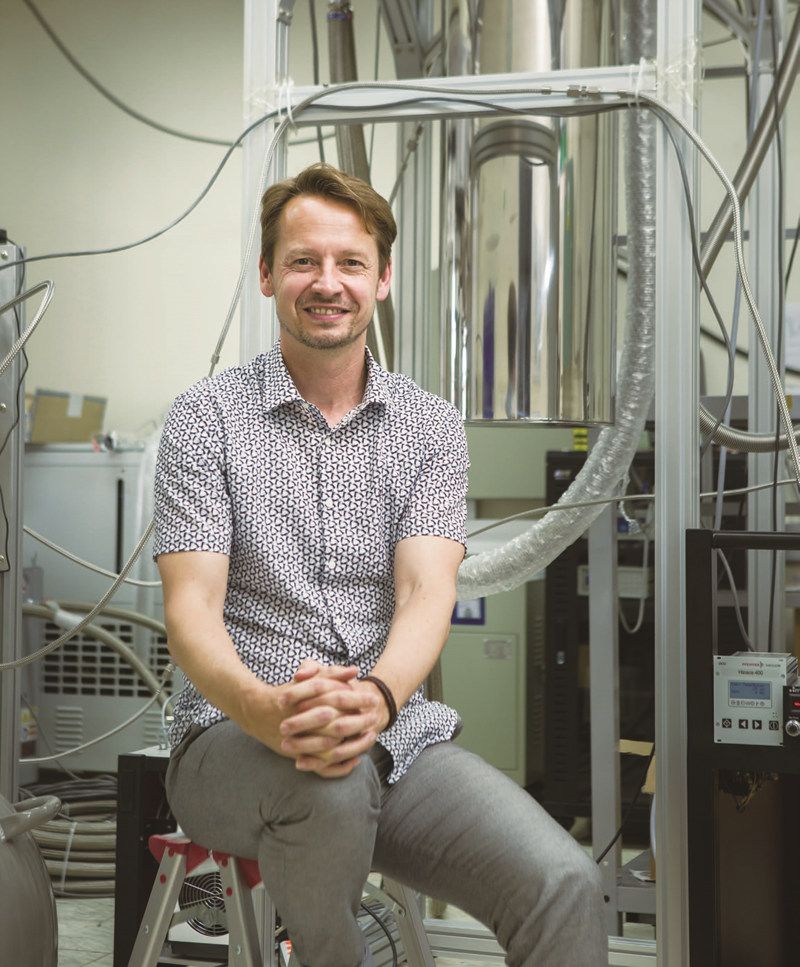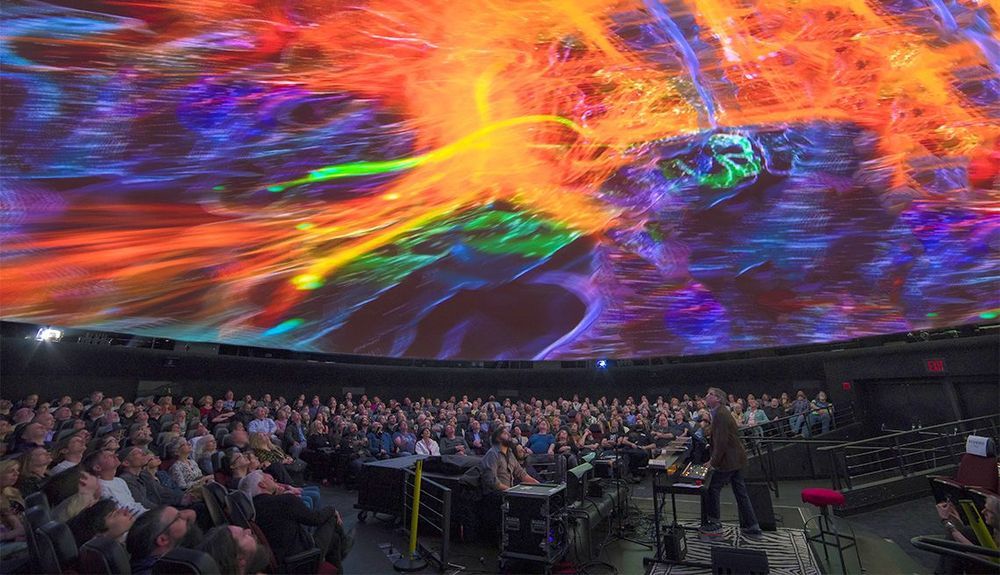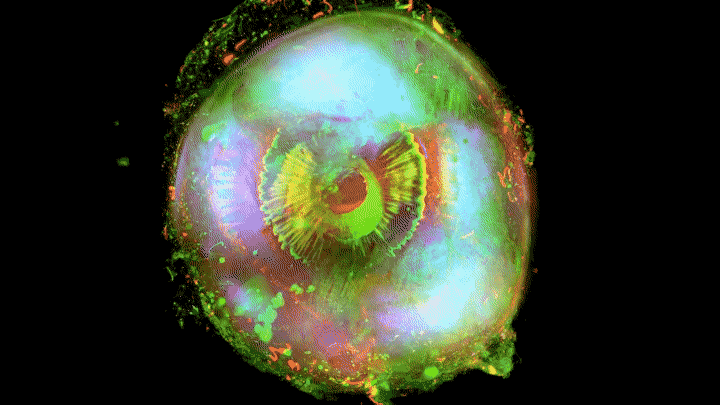The world of video games should be one without limits. Sadly, this is often not the case. As a lifelong gamer who also happens to have cerebral palsy, my own experiences with video games have been both helped and hindered by their mechanics.
Cerebral palsy manifests itself differently in every person who is diagnosed with it. Some of us can walk unassisted, while others need devices like walkers or crutches. Some of us can walk part of the time, but use wheelchairs for certain situations. Some of us can’t walk at all. Some of us have seizures (which vary in severity), impaired vision or hearing, or difficulty speaking. Adaptive gear, like the Xbox Adaptive Controller, can be helpful for some disabled gamers. However, since I can still use a traditional controller configuration, such modifications aren’t necessary for me. This, too, illustrates how cerebral palsy varies from person to person.






